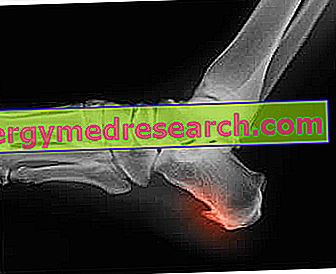Definition
The ganglia are cystic swellings that appear above all at the level of the wrist, knee (popliteal fossa) and the back of the foot. Within these protuberances is contained a clear, muco-gelatinous liquid with high viscosity. The ganglia are located near the joint capsules and tendon sheaths, or are attached to them by a communication peduncle.
Often, the ganglia represent the result of inflammatory processes in the joint, arthrosis or previous traumas; in these cases, the synovial fluid is pushed by mechanical effect towards a weaker degeneration zone of the articular cavity, therefore it forms the bulge. Sometimes, no apparent cause is identified.
Most common symptoms and signs *
- Swollen ankles
- Knee pain
- Foot pain
- Hand and wrist pain
- Tingling in the right hand
Further indications
The ganglia appear as spherical or oval-shaped protuberances of hard-elastic consistency. Their dimensions can vary from a few millimeters to 3-4 centimeters in diameter. The ganglia are generally asymptomatic. In some cases, however, they can cause aesthetic discomfort, pain or functional difficulties. The cyst wall is smooth and fibrous, similar to the synovial tissue that lines the joints and tendon sheaths.
Most cysts do not require treatment, as they tend to regress spontaneously. However, if the ganglion is symptomatic, surgical aspiration or excision may be indicated.



